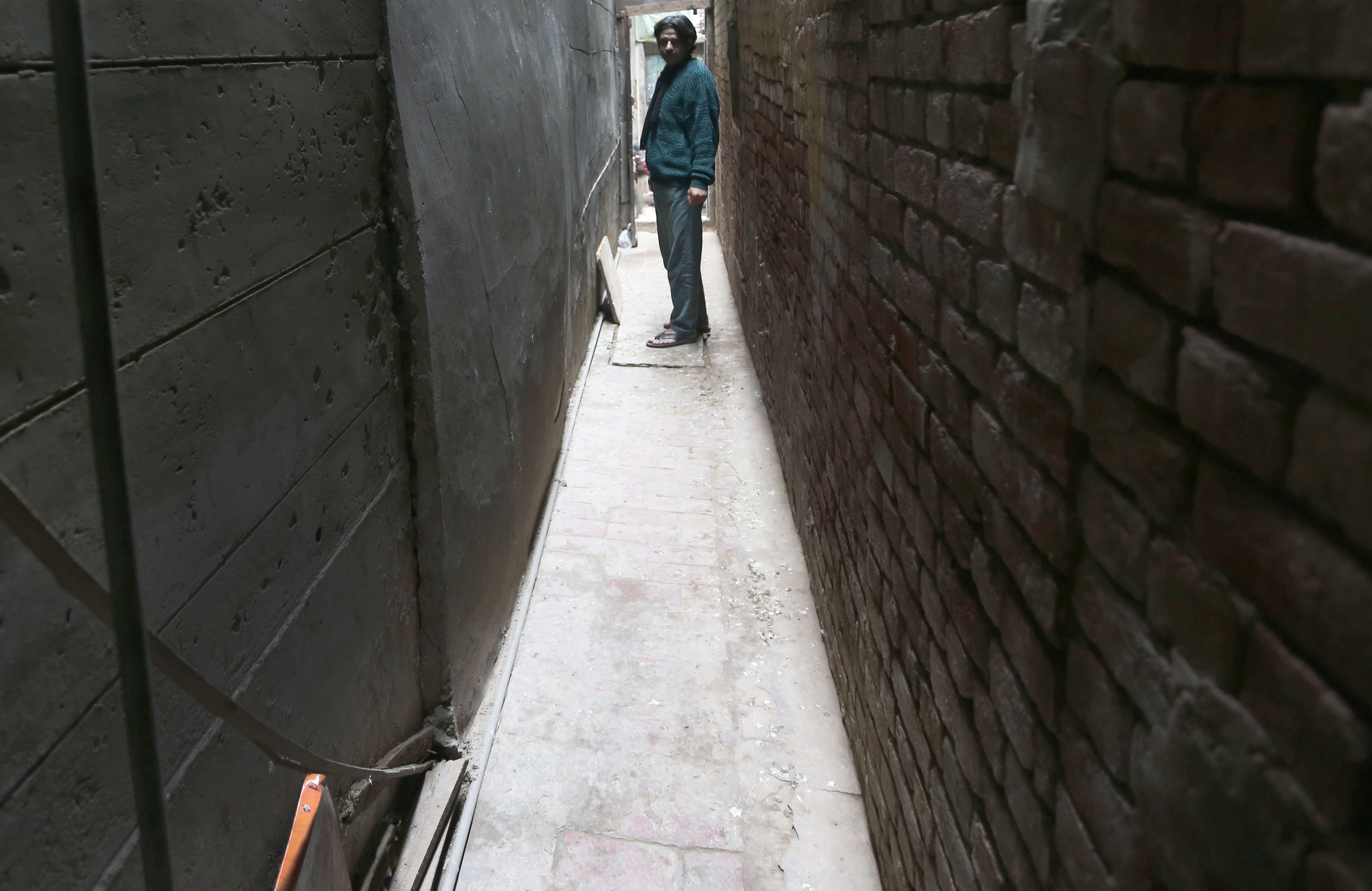
Scattered all over the modern-day Lahore are towns and hamlets whose histories predate the city and have contributed to what it has become over the centuries

Some cities are pieces of living history where the past is not only present in everyday life but is also tangible in myriad forms. Its buildings and spaces are a living manifestation of human habitation for centuries with signs and marks from specific time period. These cities that have stood the test of time have more than just the scars of history; they show the influence, both positive and negative, of human civilisation.
There might be some disagreement about the historical record of these cities but they do boast beautiful architecture and amazing stories. Yet, in the wake of modern-day urban necessities like metro routes and road connectivity, the precious past is either on the verge of being destroyed or has already been destroyed, resulting in only a few ancient cities to have survived.
In the league of these cities, the ancient city of Lahore tells its own special story -- a story that is created every day and all year round. Each time anyone recalls the story of Lahore, the characters and events, spanning thousands of years, come to life, be it on a stone-built temples or in the dark dungeons of the Lahore Fort below it, in the old Havelis or graves on the outskirts, in religious places or the bustling bazaars.
The origin of Lahore is lost in antiquity whereas there are varying accounts with regard to that. In the popular culture, Lahore’s origin is tied to the Hindu mythologies just like the ancient cities of Varanasi and Ayodhya founded three to five thousand years ago in India.
According to many historians, before the Walled City of Lahore, the actual city of Lahore was the locality of Ichhra and Mozang. These historians find their clue in identifying Ichhra as the ancient most, among the names of the 12 famous doors (gates) of the Walled City. Since some of the gates are named after the city or region which they are facing, like the Delhi Darwazah and the Kashmiri Darwazah, the historians believe that the city, which according the oldest authentic document ‘Hudud-i-Alam’ written by a Persian traveller in 982 AD, could be Ichhra and its surrounding.
It is believed that since the Lohari gate is facing Ichhra it could very well indicate that the modern-day Ichhra is the ancient city which might have been known as Lahori back in the day. According to the ‘Hudud-i-Alam,’ the old city is described as "two major markets around which dwellings exist," and it also mentions "the mud walls that enclose these two dwellings to make it one." This claim is further supported by the British Gazetteer of Lahore which identifies the Bheeru Da Asthan and Chand Raat as the oldest Hindu temples of Lahore located in Ichhra.
Similarly, scattered all over the modern-day Lahore are towns and hamlets whose histories predate the city and have contributed to what it has become over the period of centuries.
Charrar Pind, located within the DHA, might be known to many as an urban slum amidst the shiny and modern houses of the locality, but little is known about the origin of the place. According to the Land Settlement Record collected by the British in the middle of the 19th century, the origin of the village of Charrar dates back to 300 years before Lahore became capital of the Mughal Empire during the reign of Akbar.
Anthropologist, journalist, and author of several books, Haroon Khalid says, "It was named Charrar because Basi (the man who first established the place in the 14th century) originally belonged to a village called Charrar in the district of Ferozepur. There were archaeological mounds of the village, which were flattened to make way for the DHA Community Club."
Small towns and hamlets like Amar Sidhu (Chungi Amar Sidhu), Niaz Baig (Thokar Niaz Baig), Hinjarwal, and Dera Chahal (Bedian) are among the old settlements which hosted people on their way to the Walled City of Lahore. All these localities flourished at the same time as the Walled City. Unfortunately, like Charrar Pind, these historical sites also met their fate at the hands of the urban planners who have mercilessly devoured both the historical and cultural significance of these places.
In ancient times, these hamlets and towns of the ancient city contributed to building city walls that helped prevent undefendable sprawl. But in contemporary ‘urban identity’ of the Lahore, the city has lost its characters, essence, soul, individuality, and distinctiveness, especially those related to the heritage, cultural, and historical significance. This ancient remnant can therefore be considered the site of nostalgia consumed by a haphazard pattern of urbanisation.
American author Mark Twain once wrote about the old city of Benares (Varanasi): "Benares is older than history, older than tradition, older than legend, and looks twice as old as all of them put together." But unfortunately, the story of Lahore which lay hidden in these layers of history no longer exists. No wonder whenever the discussion on the history of the city takes place it is automatically steered in the direction of the Walled City which to many is part of the heritage of the city but the actual history of the city predates it.